Italy Makes New Bans & Rules To Address Overtourism On Its Beaches
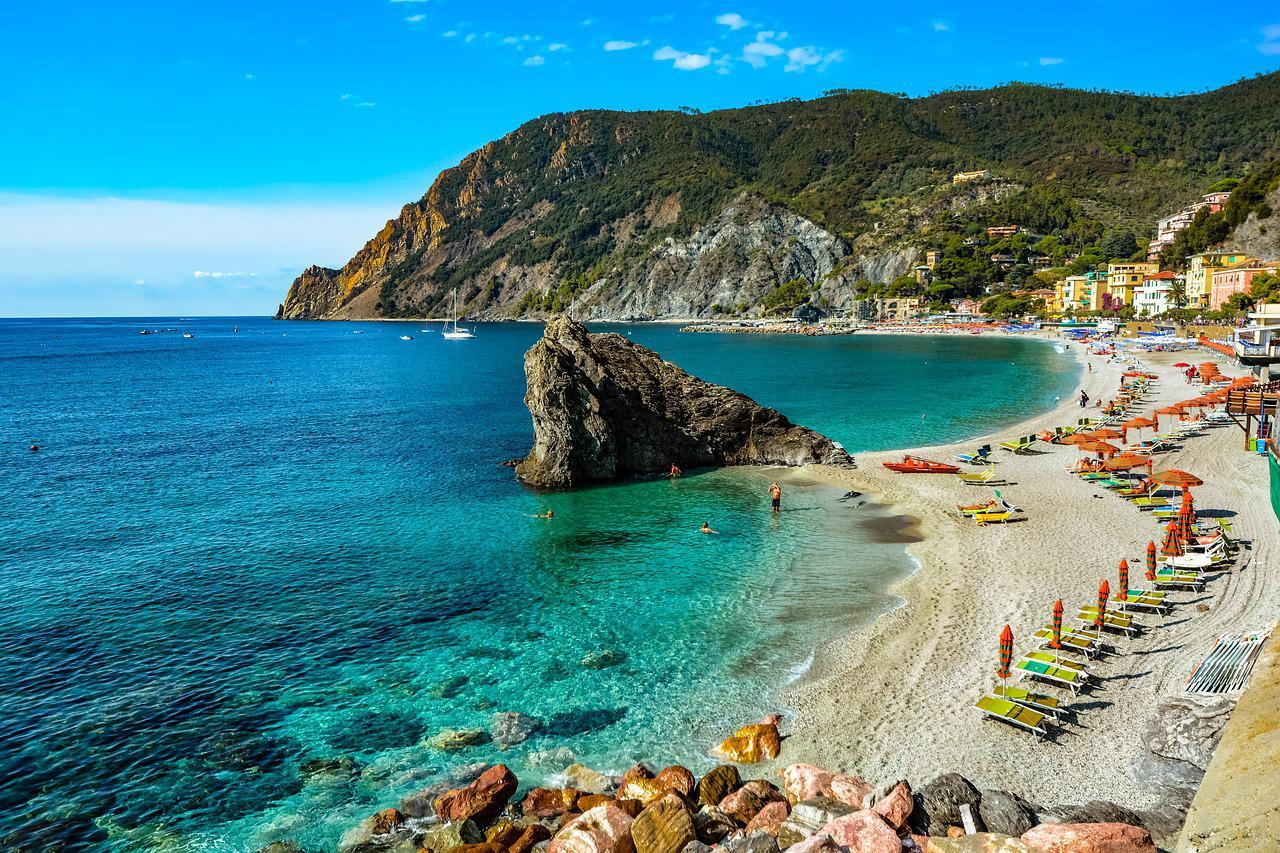
Bans on swimwear
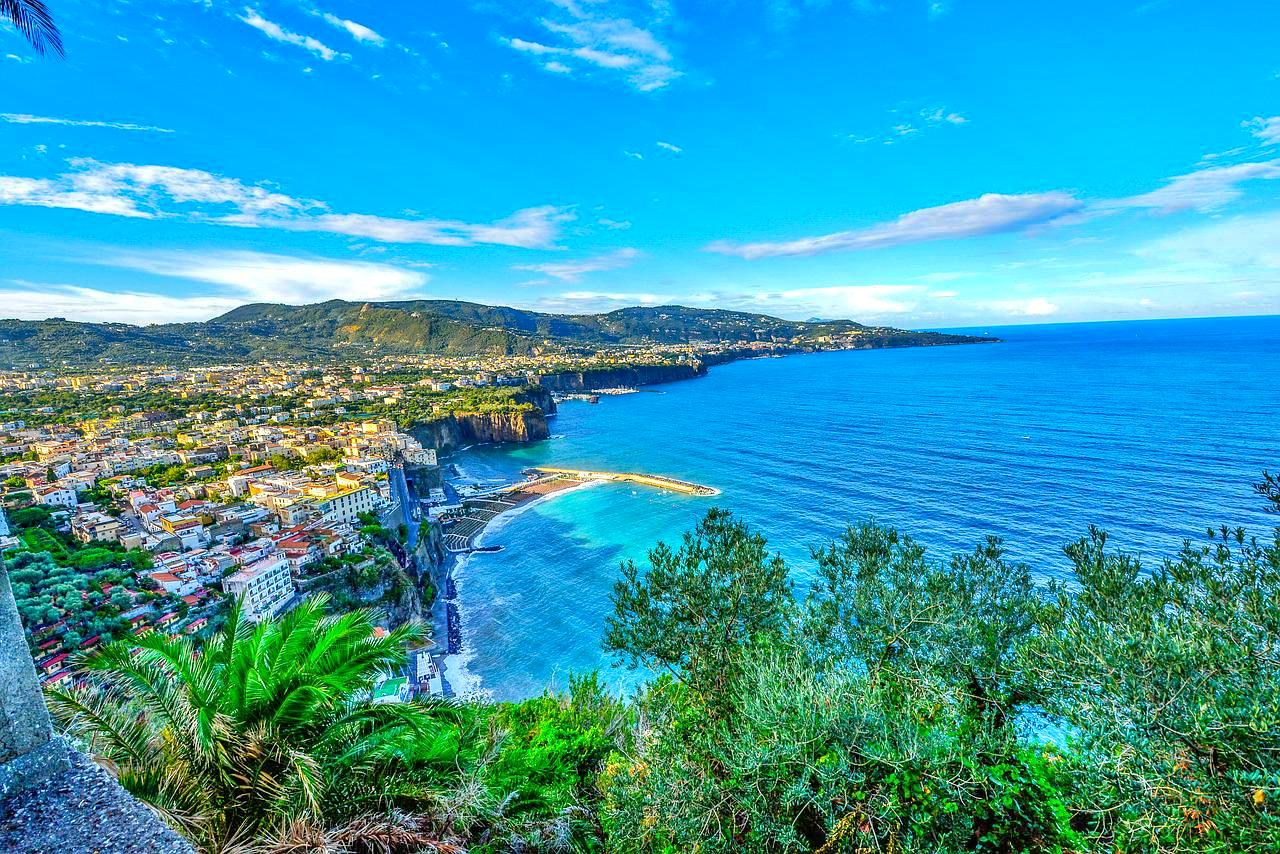
In fact, just last week, Coppola announced new rules for those walking around bare-chested or wearing swimwear. Those wearing bikinis, swimming trunks and swimsuits away from the beaches or pools in Sorrento could face hefty fines of up to €500 ($505).
Apparently, locals disapprove of people walking the streets and visiting shops clad for the beach. Coppola told The Times that they treat the town like one giant beach and that this causes “unease” and “discomfort” to local residents.
Coppola posted on his Facebook page, writing, “in a town where the quality of hospitality is internationally recognized, respect for places and urban decor becomes necessary.”
Other Italian towns enforcing bans
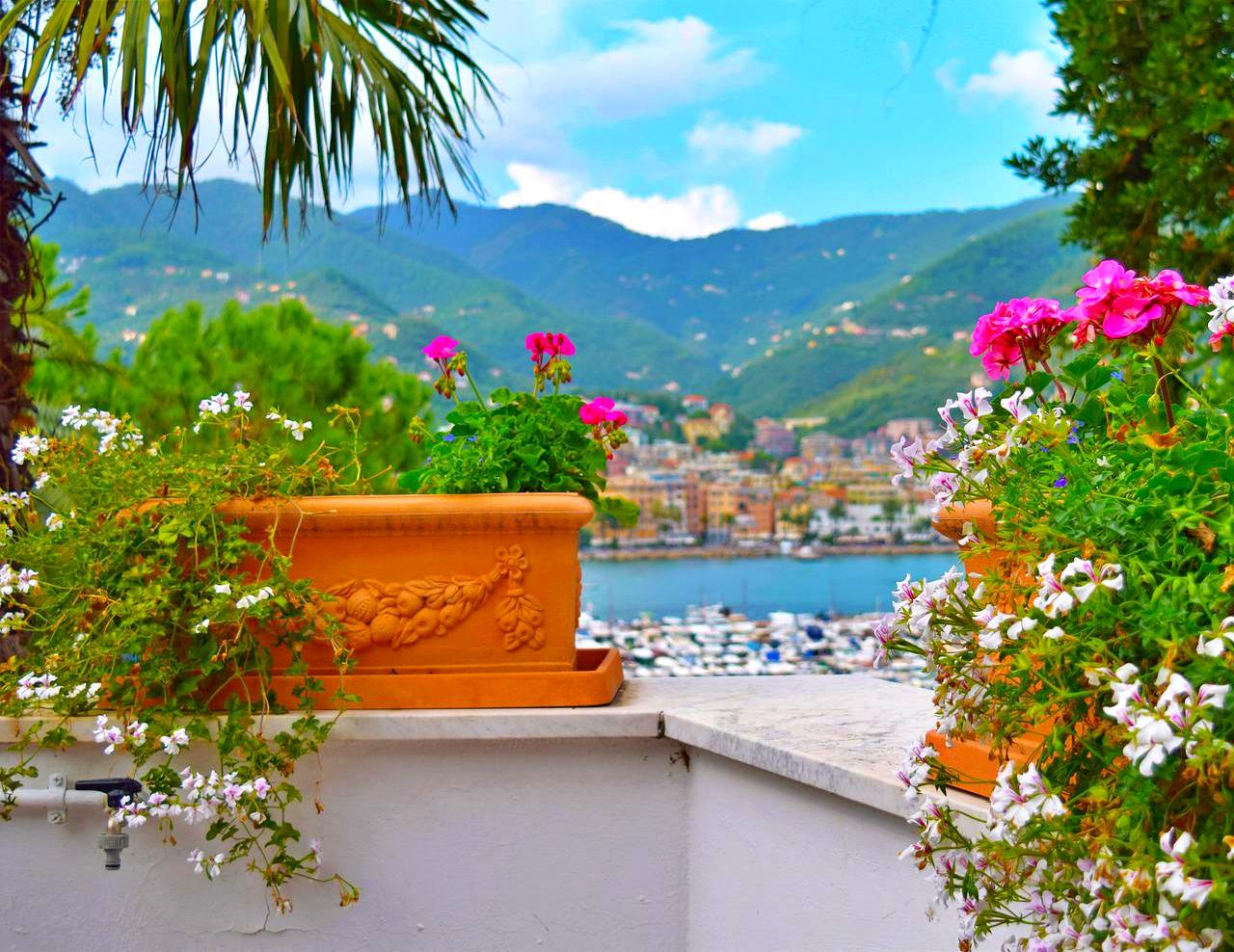
Identity bracelets, towel bans and caps on visitors
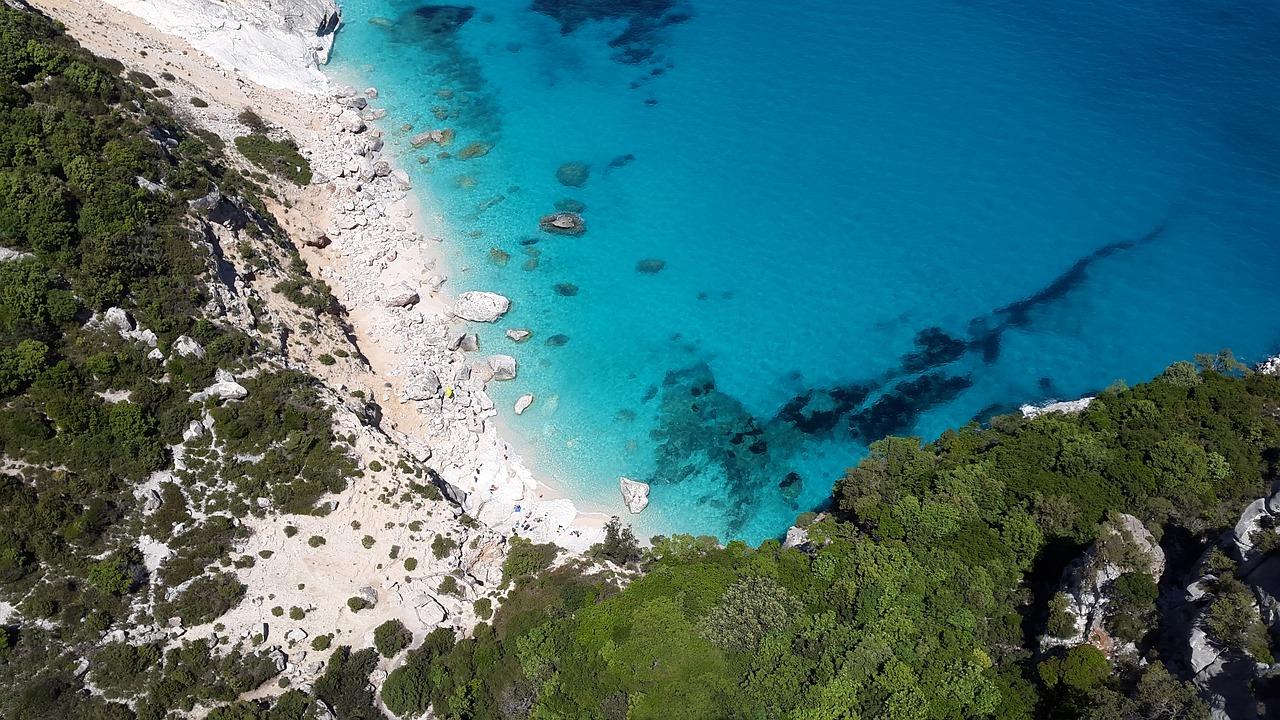
Euronews reports that the town is also banning towels to protect the sand, as this often gets caught up in towels when packed away. Now, visitors will need to pay to rent a sun lounger instead. Meanwhile, an entry fee of €3.50 ($3.56) is payable and visitors must wear yellow identification bracelets while on the beach.
Meanwhile, other popular Sardinian beaches are introducing visitor caps, including Brandinchi (3,330 beach-goers per day) and Lu Impostu (1,500 people per day).
Entry fees for public beaches
Known for its beautiful and pristine coastline, Italy boasts some of the best beaches in Europe. However, access to the sea is a big issue here, as more and more beaches are snapped up by beach resorts and turned into private spaces. Here, visitors generally have to pay to enter and to use umbrellas, sun loungers and other beach facilities.
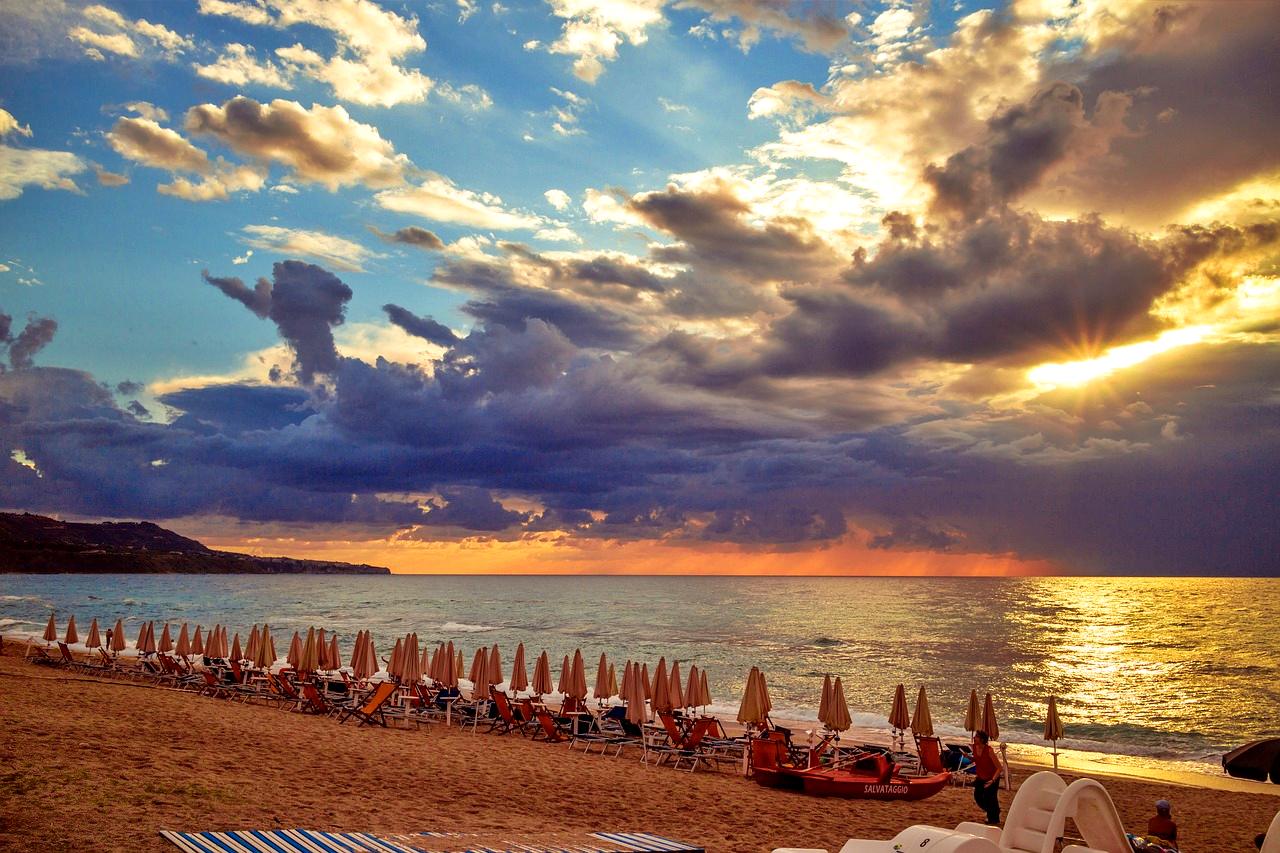
Where can you sunbathe for free?
Legambiente states in a report that finding a free place to sunbathe freely is becoming increasingly difficult. In fact, bathing concessions are increasing and currently affect more than 50 percent of Italy’s beaches. Meanwhile, the Italian Ministry of Health says that 8 percent of beaches in Italy cannot be used due to pollution. In fact, this is especially in Calabria, Campania and Sicily. The report added:
The result is that the free and bathing beaches in our country is reduced on average to 40 percent, but with great differences between the regions.
Currently, some public beaches are free to enter. However, others are now charging small cover fees to protect the dunes and vegetation from tourists. This is especially so in Sardinia, where beaches get overcrowded in the summer season. The idea is to put the entry fees towards beach maintenance.
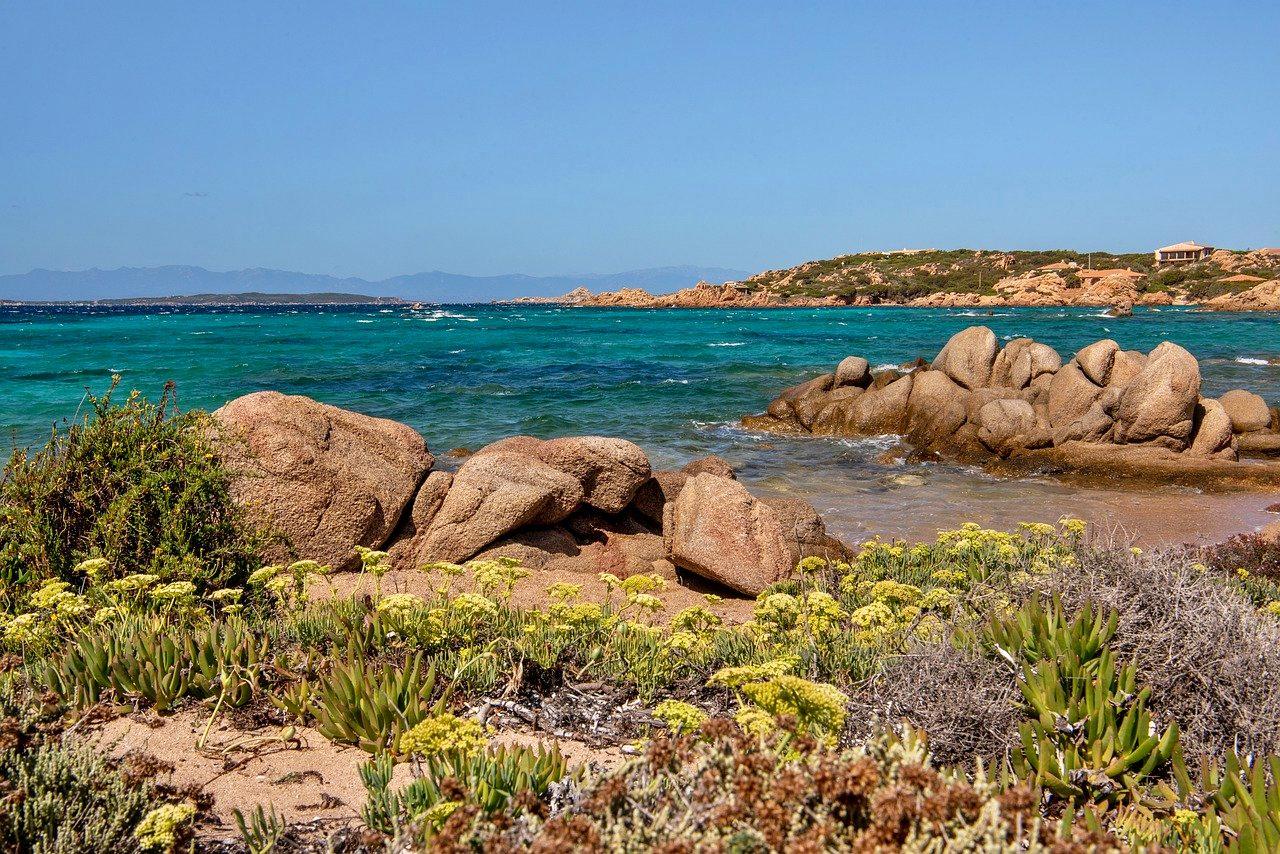
While these new rules might sound daunting, bear in mind that Italy needs to preserve its beautiful coasts for us to enjoy.
